Filter by
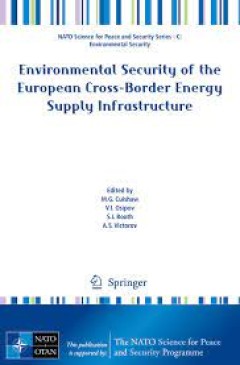
Environmental Security of the European Cross-Border Energy Supply Infrastructure
The current volume provides examples of how environmental hazards such as landslides, earthquakes, mountain processes, cold climate processes and tidal flows and currents can affect the energy supply infrastructure. In times of uncertainty, the security of the European cross-border energy supply infrastructure, such as pipelines, has great importance. Whilst the potential effects of political d…
- Edition
- -
- ISBN/ISSN
- 978-94-017-9538-8
- Collation
- 24 b/w illustrations, 74 illustrations in colour
- Series Title
- -
- Call Number
- -
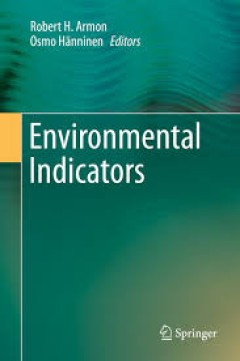
Environmental Indicators
Environmental indicators are the first line of warning against hazards caused by humans or nature catastrophes to prevent diseases and death of living organisms. The present book covers a large variety of environmental indicators from physical-chemistry through economical, bioinformatics, electromagnetic irradiation and health aspects, all dealing with environmental pollution. This volume has b…
- Edition
- -
- ISBN/ISSN
- 978-94-017-9499-2
- Collation
- 75 b/w illustrations, 161 illustrations in colour
- Series Title
- -
- Call Number
- -

A Novel Lidar Ceilometer: Design, Implementation and Characterisation
In this thesis, a new lidar (light detection and ranging) ceilometer capable of monitoring cloud base and sensitive to boundary layer aerosols is introduced. The key to this novelty lies in its divided-lens design that addresses a classical lidar problem of balancing transmitter-receiver overlap and signal-to-noise ratio, along with a method for characterizing overlap in the laboratory. Enhance…
- Edition
- Ed. 1
- ISBN/ISSN
- 978-3-319-36601-2
- Collation
- -
- Series Title
- Springer Theses
- Call Number
- 621.366 HEY n
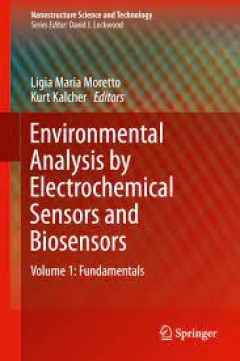
Environmental Analysis by Electrochemical Sensors and Biosensors Applications
This book discusses in detail the analysis and monitoring of the most important analytes in the environmental field. It also reviews the implementation, realization and application of sensor designs mentioned in the first volume of this set, dividing the coverage into global parameters, sensors of organics and sensors of inorganics.
- Edition
- -
- ISBN/ISSN
- 978-1-4939-1301-5
- Collation
- 65 b/w illustrations, 28 illustrations in colour
- Series Title
- -
- Call Number
- -
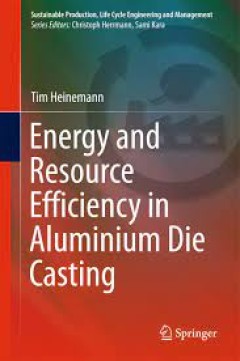
Energy and Resource Efficiency in Aluminium Die Casting
This monograph provides a field-proven approach to analyze industrial production with a cross-company scope as well as regarding all hierarchical system levels of manufacturing enterprises. The book exemplifies this approach in the context of aluminum die casting, and presents a set of measures which allow a 30 percent energy reduction along the value chain. The target audience primarily compri…
- Edition
- -
- ISBN/ISSN
- 978-3-319-18815-7
- Collation
- 122 b/w illustrations, 22 illustrations in colour
- Series Title
- -
- Call Number
- -
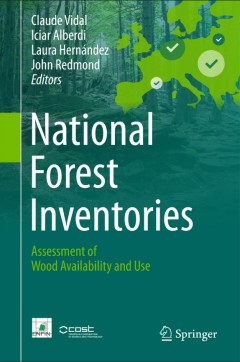
National Forest Inventories
The book presents the current state and good practices of national forest inventories in monitoring wood resources and demonstrates pathways for harmonisation and improved common reporting. Beyond a general overview over availability and use of wood resources in different countries, it provides a unique collection of original contributions from national forest inventory experts with in-depth de…
- Edition
- 1
- ISBN/ISSN
- 978-3-319-44014-9
- Collation
- XXXII, 845
- Series Title
- -
- Call Number
- -
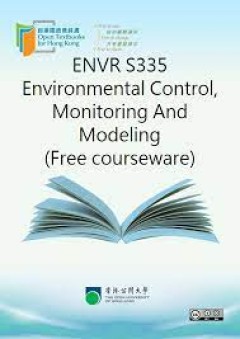
Environmental Control, Monitoring And Modeling
We start by defining air pollution and examining the main sources of air pollution. We then classify air pollutants according to origin, chemical composition, state of matter, and area of impact; and examine the effects of air pollution, particularly the immediate health affects. We conclude by explaining Hong Kong's Air Pollution Index.
- Edition
- -
- ISBN/ISSN
- -
- Collation
- -
- Series Title
- -
- Call Number
- 500
 Computer Science, Information & General Works
Computer Science, Information & General Works  Philosophy & Psychology
Philosophy & Psychology  Religion
Religion  Social Sciences
Social Sciences  Language
Language  Pure Science
Pure Science  Applied Sciences
Applied Sciences  Art & Recreation
Art & Recreation  Literature
Literature  History & Geography
History & Geography